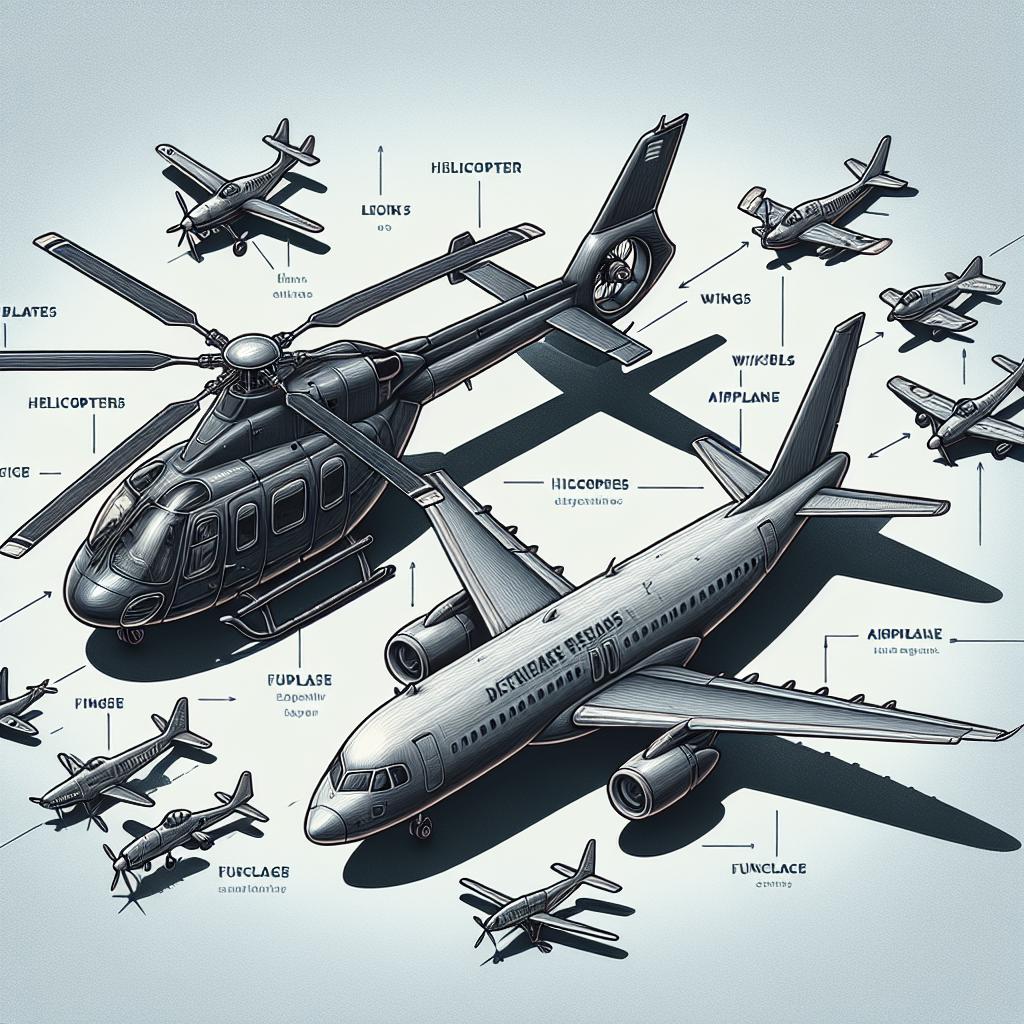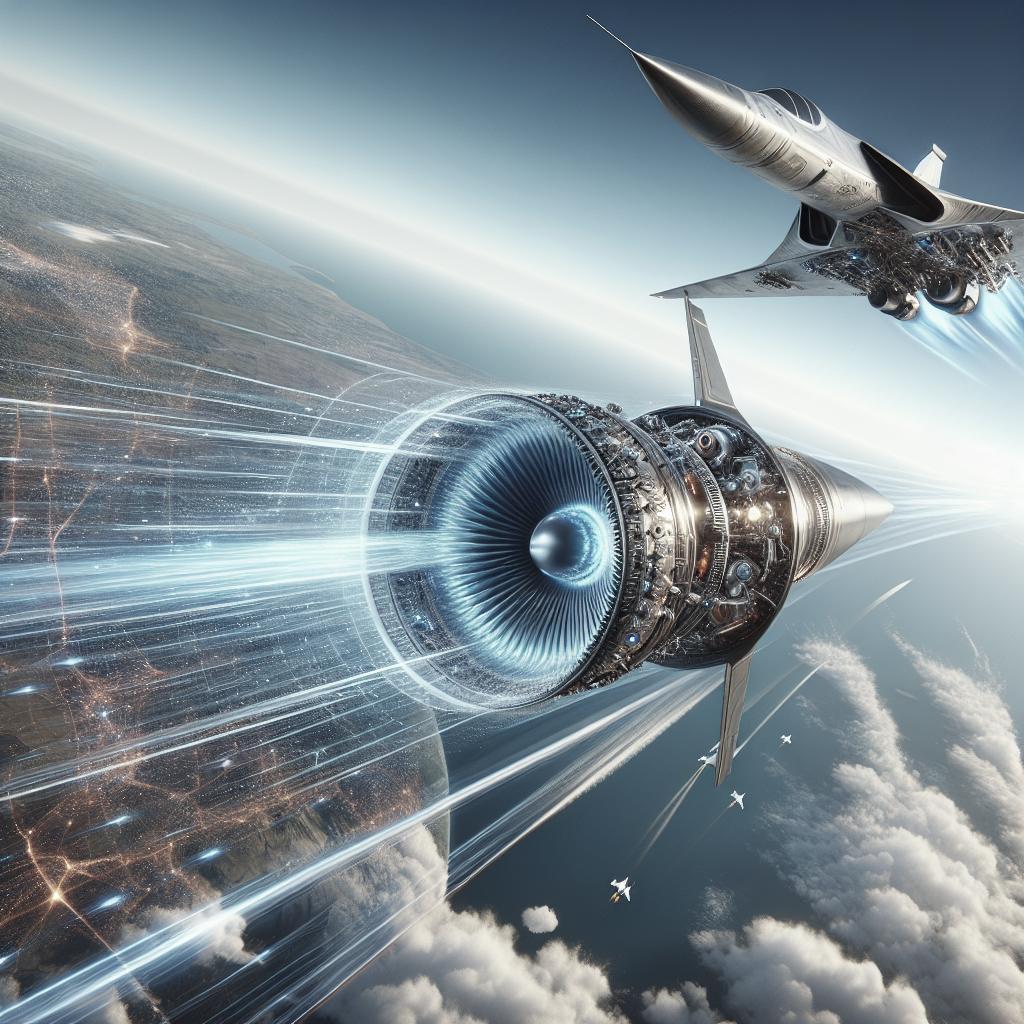Helicopter vs. Airplane: A Comprehensive Comparison
Helicopters and airplanes, though both marvels of aviation, serve unique roles and operate under distinct principles. This article explores various aspects of these two aircraft, focusing on their use cases, safety protocols, and training techniques. Moreover, it provides insight into the comparative costs of private charter flights and the ease of flying each type of aircraft. Aspiring pilots will find valuable information on available student kits, while aviation enthusiasts can delve deeper into the specifics of rotor-wing and fixed-wing aircraft. Whether you’re an industry professional or just curious about flight, this comprehensive guide offers essential knowledge about helicopters and airplanes, including their future prospects.
ENTHUSIASTS & PILOTS – JOIN & SAVE!
Aviation enthusiasts and pilots are constantly on the lookout for new ways to enhance their experience and knowledge. Membership in aviation communities offers various benefits, including access to exclusive content, flight deals, and networking opportunities. Such associations often provide members with savings on pilot supplies, training sessions, and even events.
For pilots, being part of a larger aviation community can be both rewarding and educational. It allows them to stay updated on the latest industry trends, new technologies, and regulatory changes. Joining reputable organizations not only expands their network but also reinforces their skills and qualifications in an ever-evolving industry.
Differences in Use Cases
Helicopters and airplanes serve different roles and are chosen based on their unique capabilities. Helicopters are known for their versatility in accessing remote or congested areas, making them ideal for medical evacuations, search and rescue missions, and urban transportation. Their rotor system allows vertical takeoff and landing, providing an edge in maneuvering through restricted spaces.
In contrast, airplanes excel in transporting larger numbers of passengers or cargo over long distances efficiently and at higher speeds. They are the preferred choice for commercial flights, freight transportation, and long-distance travel. The differing aerodynamic principles and the need for runways categorize airplanes as fixed-wing aircraft, ensuring stability and efficiency in sustained flight.
Helicopter vs Plane Safety Differences
Safety protocols for helicopters and airplanes are tailored to their specific operational challenges. Helicopters are subject to unique aerodynamic forces like rotor-induced vibrations, demanding rigorous maintenance and inspections. Pilots undergo specialized training to handle complex emergencies, such as autorotation techniques for engine failure.
Airplanes tend to have a more established safety record, attributed to their broader usage and standardized procedures in commercial aviation. The redundancy of power systems in airplanes contributes to their reliability, while autopilot systems assist in reducing pilot workload. Both aircraft, however, must continuously adhere to stringent aviation safety regulations to ensure the well-being of passengers and crew.
Training Technique Differences
The training techniques vary significantly for helicopter and airplane pilots due to the differing mechanics involved in piloting each type of aircraft. Helicopter pilot training emphasizes hover control, flight in confined spaces, and mastering rotor dynamics, all of which require precise handling and quick reflexes.
Airplane pilot training focuses more on navigation, understanding meteorological conditions, and operating at higher altitudes and speeds. Fixed-wing flight training involves a detailed study of aerodynamics, navigation systems, and in-flight decision-making. Each course is tailored to equip pilots with the necessary skills for their specific flight environment.
Private Charter Flights Cost
When it comes to private charters, cost differences between helicopters and airplanes can influence client choice. Helicopters, known for their convenience in accessing remote areas, are often more expensive per hour due to their operational complexity and fuel consumption.
Airplanes, particularly when used for long-distance charters, can offer a more economical solution due to their fuel efficiency and capacity to carry more passengers. The decision ultimately boils down to the client’s requirements, including speed, destination, and budget considerations.
Ease of Flying
The ease of flying helicopters compared to airplanes largely depends on the aircraft’s intended use and pilot proficiency. Helicopters demand a heightened level of hand-eye coordination and the ability to manage various control inputs simultaneously, making them challenging for novice pilots.
Although airplanes require an understanding of advanced navigation systems and aerodynamics, they generally offer smoother control and greater stability during flight. Many pilots consider fixed-wing aircraft as simpler to master initially, attributed to their linear motion and well-established training programs.
ASA Student Pilot Kit
The ASA Student Pilot Kit is an indispensable resource for aspiring aviators, providing comprehensive materials tailored to both helicopter and airplane pilot training. It includes textbooks, flight planning tools, and essential study guides that equip students with foundational knowledge.
For those new to the world of aviation, the kit offers insights into theory of flight, navigation, and meteorology, while instructing on regulations and safety procedures. Emphasizing critical skills through practical application, the ASA Student Pilot Kit supports students on their journey to becoming competent pilots.
Want more information about rotor-wing and fixed-wing aircraft?
Rotor-wing and fixed-wing aircraft both have intricate designs that cater to specific aviation needs. Rotor-wing aircraft like helicopters excel at vertical flight and can hover in place, whereas fixed-wing aircraft, such as airplanes, are built for speed and endurance over long distances.
For enthusiasts seeking deeper knowledge, numerous resources are available that delve into the mechanics, history, and innovations within each category. Whether examining the evolution of rotorcraft technology or exploring the advances in aerodynamics for airplanes, aviation literature offers a wealth of information.
Did you find this article helpful?
Your feedback is invaluable in helping us determine the effectiveness of our content. If this article has provided you with useful insights or if there are additional topics you wish to explore, please let us know. Your suggestions guide our future endeavors in delivering quality aviation content.
Stay engaged with our blog for more updates, and consider subscribing to receive notifications on our latest aviation articles, guides, and industry news. We are committed to fostering a community of informed aviation enthusiasts and professionals.
Future Prospects
| Aspect | Helicopters | Airplanes |
|---|---|---|
| Use Cases | Versatile, suited for confined areas, ideal for emergencies | Efficient over long distances, ideal for bulk transport |
| Safety | Subject to unique challenges; specialized safety protocols | Standardized procedures with higher reliability |
| Training Techniques | Focus on rotor control and hover dynamics | Focus on navigation and in-flight systems |
| Private Charter Costs | Higher per hour, suited for specific needs | More economical for long distances |
| Ease of Flying | Complex, demanding high coordination | Generally easier with structured programs |


